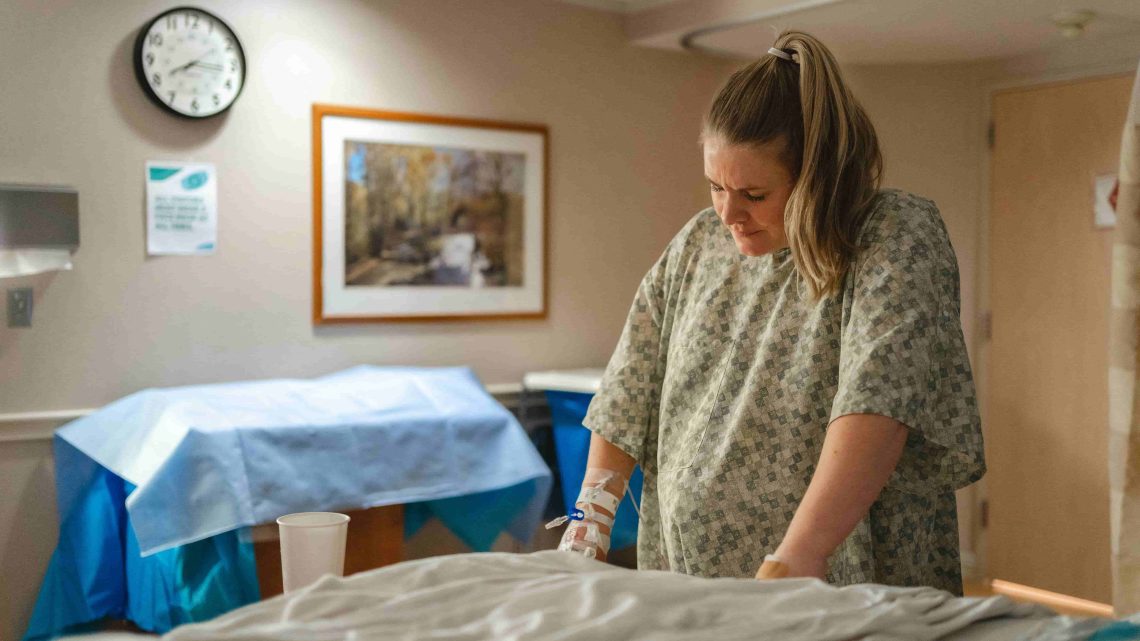Cerebral palsy (CP) is one of the most common motor disabilities in children, yet many people don’t fully understand what causes it. CP is not a disease but a group of disorders that affect movement, posture, and balance. The severity can vary widely, from mild coordination challenges to significant physical difficulties that may require lifelong care.
Understanding the causes of cerebral palsy, both before and after birth, is important for parents, caregivers, and healthcare professionals. In some cases, cerebral palsy may result from unavoidable medical conditions, while in others, it could be linked to preventable complications or errors during pregnancy, labor, or early infancy.
Recognizing these factors can help families seek timely medical care, appropriate therapies, and, when necessary, legal guidance.
Causes During Pregnancy
The majority of cerebral palsy cases begin before a child is born. Prenatal factors, both natural and preventable, play a significant role in the development of the disorder.
Non-Preventable Prenatal Risk Factors
Some factors that affect brain development in the womb are largely outside anyone’s control. These include:
- Maternal infections: Illnesses such as rubella, cytomegalovirus, or toxoplasmosis can interfere with the developing brain. In some cases, these infections can cause inflammation or disrupt normal brain growth, increasing the likelihood of CP.
- Genetic conditions: Certain inherited or spontaneous genetic abnormalities may affect the brain’s structure and function. While genetics cannot be changed, understanding the risk factors can help families prepare for early intervention if needed.
- Premature birth and low birth weight: Babies born before 37 weeks or with very low birth weight have a higher risk of developing cerebral palsy. Premature infants’ brains are more vulnerable to injury due to underdeveloped blood vessels and limited oxygen supply.
- Multiple pregnancies: Twins, triplets, or higher-order multiples have a greater likelihood of cerebral palsy. The risk is partly due to higher rates of preterm birth and lower birth weight in multiple pregnancies.
Preventable Causes During Pregnancy and Labor
While many prenatal risks cannot be avoided, some cases of CP may result from complications that could have been managed more effectively. These are sometimes linked to medical negligence:
- Placental problems or restricted blood flow: The placenta delivers oxygen and nutrients from the mother to the baby. If blood flow is interrupted or reduced due to placental abruption, placenta previa, or other complications, the baby’s brain may suffer oxygen deprivation, increasing the risk of CP.
- Untreated maternal infections: Prompt diagnosis and treatment of infections during pregnancy are critical. Failing to manage these infections can cause lasting damage to the developing brain.
- Labor and delivery complications: Complications during labor can contribute to cerebral palsy if not addressed properly. These include:
- Delayed C-sections when the baby is in distress.
- Misuse of forceps or vacuum extractors, which can injure the brain or skull.
- Failure to monitor fetal distress, such as abnormal heart rate patterns, which may signal oxygen deprivation.
When cerebral palsy is linked to preventable errors during pregnancy or delivery, families may consider legal action to secure compensation for lifelong medical care, therapy, and adaptive equipment.
Postnatal Causes
Although less common than prenatal causes, cerebral palsy can also develop after birth. Postnatal CP usually results from brain injury or severe illness in infancy:
- Severe infections: Meningitis, encephalitis, or other infections can cause inflammation in the brain, leading to damage that affects movement and coordination.
- Head injuries: Accidents or falls in early infancy can damage the brain, particularly if the child suffers a traumatic brain injury. Safety precautions and prompt medical attention are critical to reduce risk.
- Untreated jaundice: High levels of bilirubin in newborns can cause a form of brain damage called kernicterus. If jaundice is not identified and treated promptly, it can result in cerebral palsy.
- Other medical complications: Severe hypoglycemia (low blood sugar), respiratory problems, or seizures in the neonatal period can also contribute to brain injury and the development of CP.
While postnatal causes may sometimes be unavoidable, early detection and intervention can significantly reduce the severity of cerebral palsy symptoms. Families should remain vigilant about their child’s health during the first months of life, especially if there were complications during pregnancy or delivery.
Early Intervention and Legal Considerations
Regardless of the cause, early diagnosis and intervention are crucial. Physical therapy, occupational therapy, speech therapy, and adaptive equipment can help children with cerebral palsy reach their full potential.
For families where CP may be linked to preventable medical errors, consulting an experienced attorney can provide guidance on potential medical malpractice claims. These cases often focus on whether a healthcare provider failed to follow standard procedures, ignored warning signs, or delayed treatment in ways that contributed to the child’s condition. Legal action can help families secure financial support for ongoing care, therapy, and equipment that may be needed for the child’s entire life.
Final Thoughts
Cerebral palsy is a complex condition with a range of causes. Understanding the difference between prenatal and postnatal factors helps families make informed decisions about treatment, safety, and legal options.
While some causes are unavoidable, many cases of cerebral palsy, especially those linked to complications during pregnancy or delivery, can be influenced by timely medical care and safety precautions. Families who suspect negligence may have played a role should seek both medical advice and legal guidance to ensure their child receives the support and care they need.
Early intervention, specialized therapy, and a supportive environment remain the most effective ways to help children with CP thrive, regardless of the cause.





No Comment